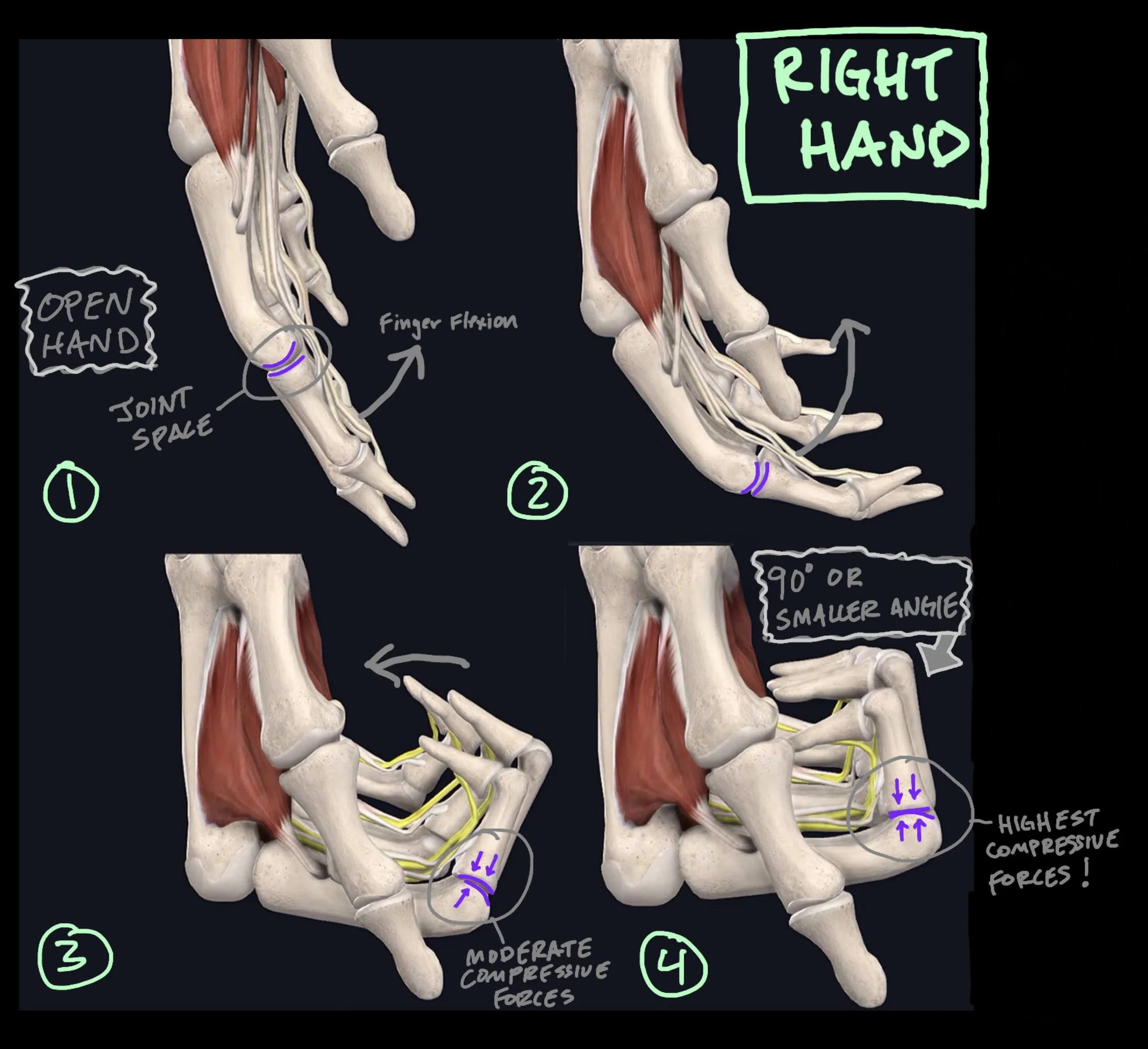I often hear: “I do too much of _ which means I need to train the opposite to make sure I am ‘balanced’.” This is assumed to reduce injury risk. The reality is, you’re not balanced.
Read MoreIf you go into a healthcare provider's office and walk out with "the list" of what to do, go somewhere else.
Read MoreSure, downclimbing might be necessary in certain scenarios. But what about from a training standpoint?
Read MoreIt's a common misconception that doing a slow negative will increase muscular recruitment and strength. Learn why.
Read MoreWhat’s the risk or reward when it comes to static stretches? Let’s look at context.
Read MoreTape use has nuance, especially with injuries. Regarding pulley injuries, it reduces stress while re-introducing loads. But reducing stress to prevent an injury doesn’t make sense.
Read MoreOne of the important keys to successful rehab is consistency. Loads, directions, velocities, and tut need to be reproducible. If not, the feedback from loading isn’t accurate.
Read MoreLack of symptoms doesn’t mean you’re healed, and pain doesn’t mean the worst. Symptoms don’t tell us everything— just take a look at these images.
Read MoreThe “common knowledge” of what to do about finger pain is often very misleading. Let’s clarify a few things.
Read More







